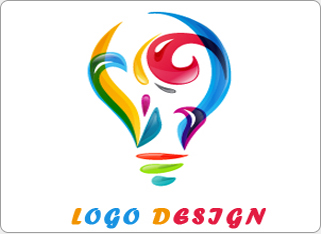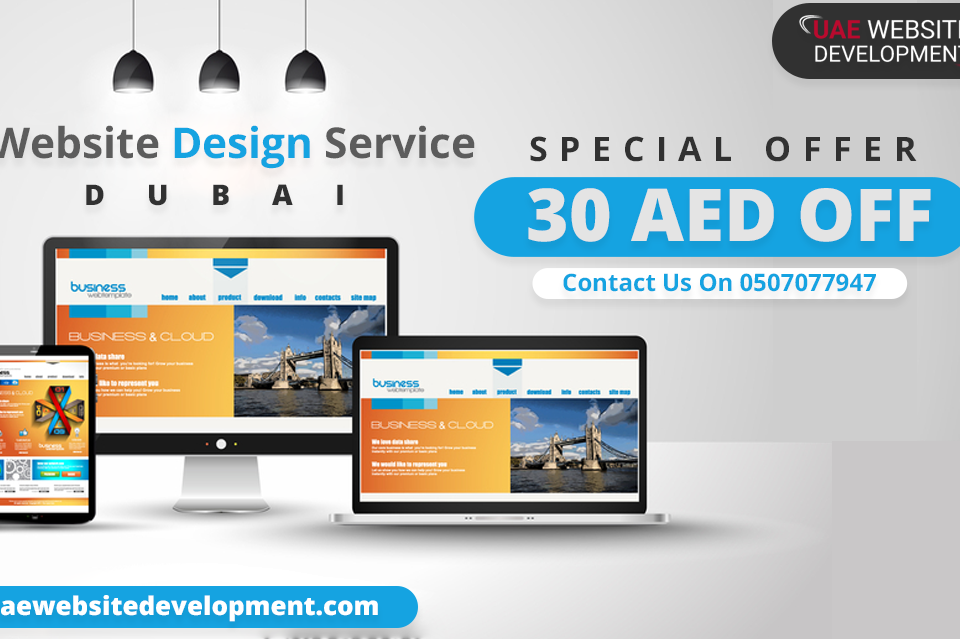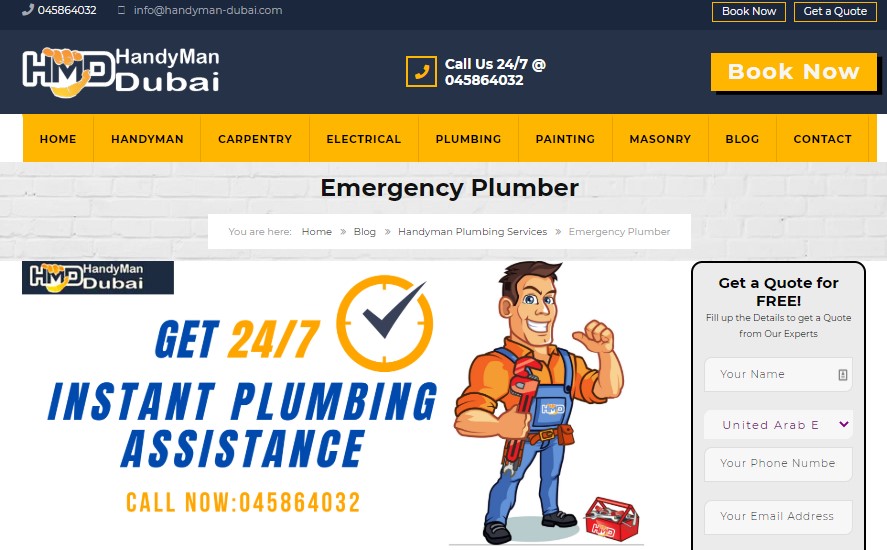A Complete Guide to Logo Design
A Complete Guide to Logo Design for Developing Creative Logos Easily
Logos are, in short, the representation of the brand or of a particular company or organization. Thus, the logo must be designed in a way that should be fully focused on the products or brand it is representing and it should be easily recognized by the people globally. It is undoubtedly a quick and effective way to communicate on behalf of the company or brand thereof.
But designing a logo is quite a complex challenge. Therefore, the companies and brands look for freelancers or agencies to design logos. It ultimately encompasses an organization’s mission, so you can’t trust any random designers for the creation of logos. You should trust only specialized logo designers who have the ultimate guide to logo design.
Take a look at the principal features of the effective guide to logo design:
- Simplicity- Verify whether the logo designs are simple and clean enough to be recognized easily by the people or they are too distracting for the users.
- Timelessness- Time matters; so, before creating a logo, you must keep in mind that for how long it will be great and can keep up the trend
- Appropriateness: Make sure that the logo designs have the capability to resonate with the desired audience.
- Versatility: Make sure that the logo designs work seamlessly across the various media.
A step-by-step guide to logo design:
Designing a successful logo is quite a daunting task as it is a visual representation of the brand or company. And it is a very effective marketing device, so it cannot be underestimated. If you want your brand to be popular, then the logo should be designed in a simple yet effective way. Though it is a complex process, you can follow this guide to logo design for getting an idea on what to look for while selecting any agency or freelancer for logo designing.
Step 1: The Design Brief
Design brief is the very first step of the guide to logo design as it is in this process when the designer actually discusses the project in details with the client. It is quite significant to understand the company’s goals for designing the logo. Therefore, it is necessary for the designer to collect more and more information from your clients. Even it is critical to know on what scale and where the logo will be used. So, the designer should learn how to attract the company’s target audience. The designer needs to design the logo in a way that reflects the correct demographic.
Also, check whether the company has already established a visual aesthetic like color scheme or style. If it has, then you should check out whether the clients would incorporate these characteristics into their logo or not. Furthermore, a new logo sometimes helps in creating a brand new visual identity.
Step 2: Research
The designer should delve deeper into the research stage after a sufficient amount of general information is collected. Because generally, the clients cannot verbalize what they exactly need for the logo. So, it’s the designer’s duty to ask strategic as well as relevant questions to gather pertinent and other related information from the clients. If you design successful logos, it can allude you to a number of things like referring to the company’s geographic location. In addition to this, establish potential themes which will prove beneficial while converting to non-literal representations later on.
It is important for the designer to conduct some market research on the company and its competitors, after conversing directly with the client. Because a client’s opinion of their own company only tells half the story; but in order to get a sense of the target customer’s vision of the company, any good designer should self-examine similar companies’ identity systems, which will offer valuable insight into the effectiveness of various styles of the logo. It is also a wise decision in the guide to logo design to research the current trends in the industry.
Step 3: Brainstorming and conceptualization
It is worth noting that all designers are different in this creative process. So, identifying keywords based on the company’s products and services will be a common practice. These keywords will be the possible visual representations of the company. Once your ideas are converted into the text form onto the page, visual shapes and symbols will automatically begin to take form. During the brainstorming phase, it is important to conceptualize the themes and texts that will be established earlier. Thus, sketching the ideas on paper will persuade the designer to examine all possible angles and directions.
Step 4: Draft production
After devoting some time to sketching and research, the procedure of the draft production starts. By using a vector-based drawing program like Adobe Illustrator, digital implementation is executed. In this process, the ideas of the sketching phase are recreated on the computer. Thus, the ideas are given life with the addition of colors and details in it, and they are tweaked until they represent the client’s wishes more accurately.
Apart from this, it is advised in the guide to logo design that you should choose the typeface carefully because it will set the tone for the whole logo. Thus, in order to get a more effective final product, you are required to test each logo option with a number of different fonts.
Step 5: Step back for a while
At this time, many designers step back from the project for a short period of time. It gives an opportunity to the designers to return to the project and to its client for a better perspective. Even, it is a good time to get feedback from the outside parties, who are unbiased. It is highly beneficial to gain insight from an extra pair of eyes, as designing a logo can be a highly demanding process.
Step 6: Feedback from the trusted clients
After a number of logo options have been developed, they are presented before the clients for consideration. Sometimes, the logos are delivered to help the client envision their ideas. Also, the logo options are accompanied by a written description of the project. Now, the clients should take a look at the ideas and respond back with appropriate notes. Then, the designer takes into consideration the feedback of the clients and makes the alterations as required. After making the changes, the improved logo is now presented before the clients. Sometimes, even there are revisions if the clients remain unsatisfied with the final products.
Step 7: Delivery
If the resulting logo makes the client happy, then the designer will be able to produce various file types for various outputs. Some of the most used file types include JPEG, EPS, and TIF. There are some customers who demand a black and white version instead of the color version of the final logo. Sometimes, a simplified version of the full-sized logo is needed by the clients so that it can scale down well. Thus, for preventing the need for corrections and revisions in the future, it is advantageous to anticipate all the possible needs of the clients.
It is another effective step in the guide to logo design. At last, it is time to think whether to employ the logo on promotional products or on marketing materials. Even, there are some designers who still focus on their clients after completion of the work for creating a full brand identity system with the new logo.
Although the logo designing process is time-consuming and a collaborative process, but it’s a valuable asset for your business; so, the guide to logo design should be followed and executed properly with smart efforts.
Related Post: Important Things to Remember Before You Copyright Logo Design





